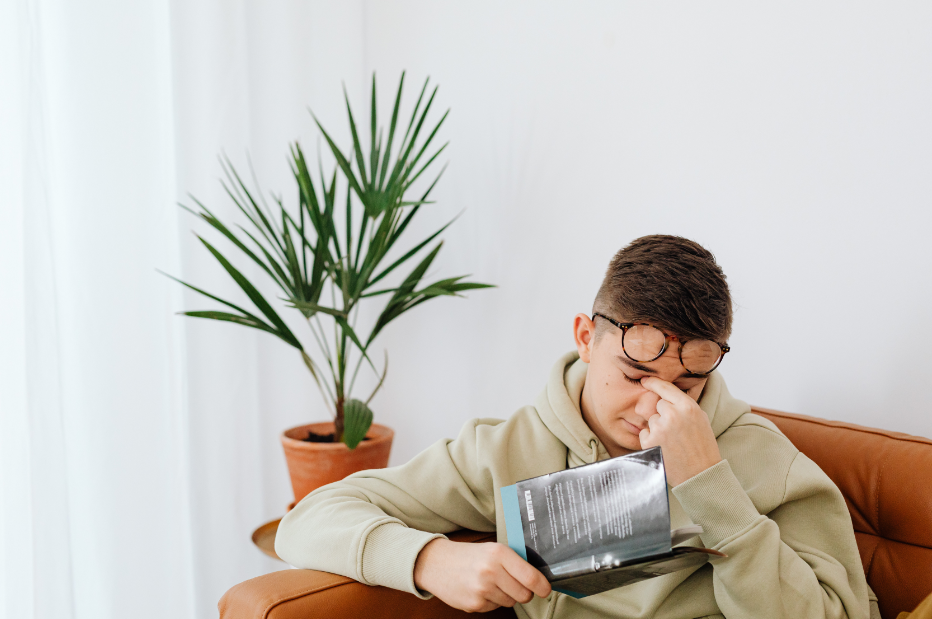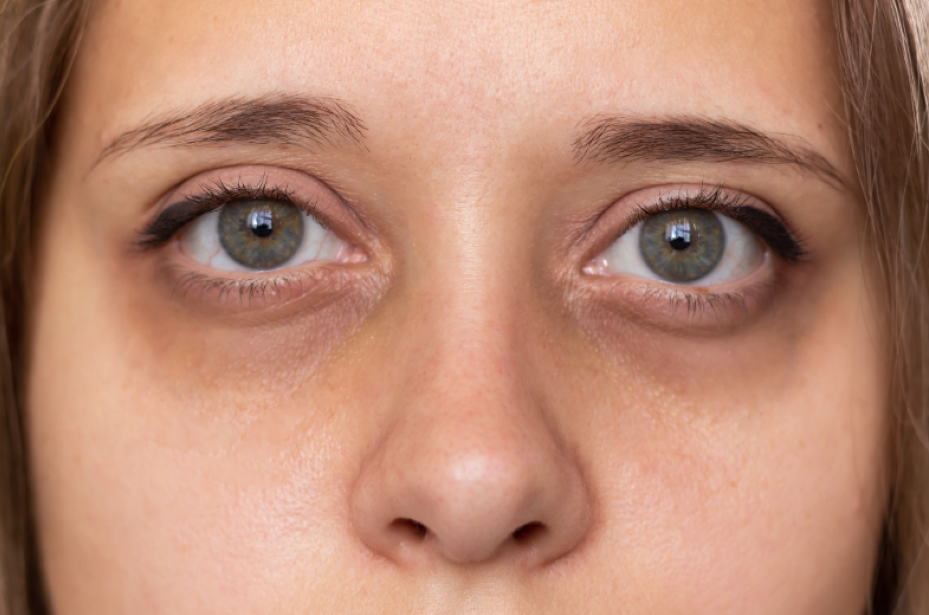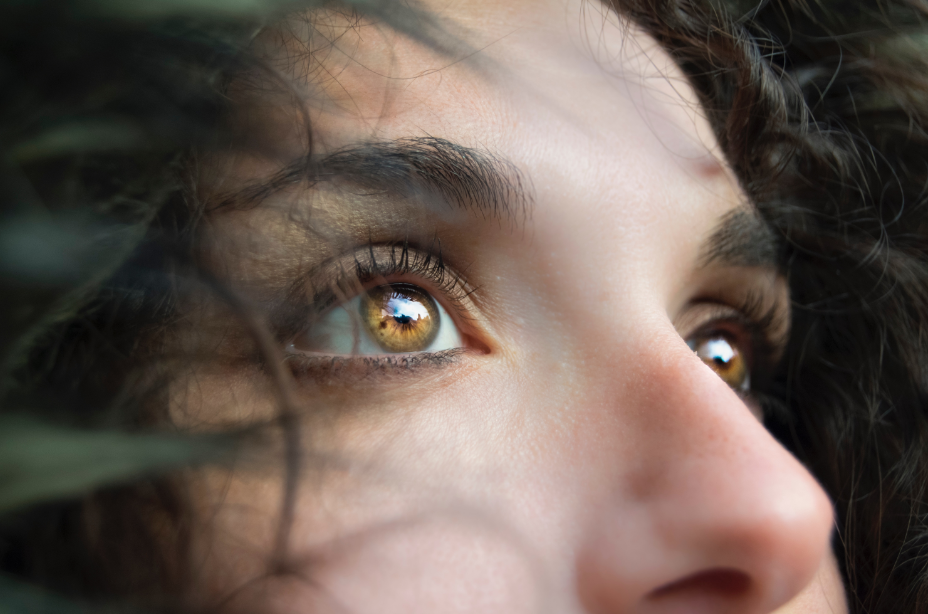Eye pain. Possible causes of eye pain
Sometimes, in the morning after a New Year’s Eve night, the eyes become red and it feels as if the body lacks moisture. This is a fairly natural condition, especially after a night of partying, when the body can lose a lot of water due to the consumption of alcohol and salty snacks.
People often wake up with the feeling that their eyes are dry. This may be due to the dehydration that occurs during the holidays. Restoring the body’s water balance will help with this discomfort.
As for vision, problems may begin gradually and imperceptibly. There may be difficulty distinguishing small details, difficulty reading license plates, and other aspects of visual function. When such difficulties become noticeable, it may be a signal to see an eye care professional for further evaluation.
With age, the risk of serious vision problems increases. For example, problems with the blood supply to the eye, such as a blood clot, can cause sudden loss of vision in the morning. This phenomenon may be related to age-related degeneration of the eye.
A common complaint among patients is that they suddenly see floating dots or hooks, especially against a light background. This phenomenon can occur in anyone and is based not only on the visual perception of the eyes, but also on the processing of information by the brain.
Many people, especially those who have had destructive changes in the vitreous body of the eye since childhood, simply ignore these phenomena by looking through them. I experience this myself – I can focus on these points and see where they “float”. There are various elements in the vitreous body, such as white blood cells, a gel of water and collagen fibers, and when these fibers separate, visible dots and hooks appear.
This phenomenon is unavoidable for everyone, but in some people it is present since childhood, especially in those who are nearsighted. In others, it may appear during life due to aging. However, if these phenomena appear suddenly and cause concern, it may be a sign of problems in the retina, such as dystrophies or ruptured blood vessels.
When we talk about vision, each eye normally sees separate images, but the brain combines them into a single image through binocular vision. If there is a pathology in one eye, it may not be immediately noticeable because the brain quickly compensates for small errors.
If you have a habit of squinting to improve your vision, it may be a sign that your vision needs attention. For example, many nearsighted people may squint to improve near vision.
It’s important to have your vision tested, especially if you have similar habits. It is often the case that people adapt to the situation by squinting without realizing the problem.
However, this can also be a sign of photosensitivity, and the use of lighting may be the cause of this behavior.
The issue of brightness is important in this context because bright light can illuminate a large area of the retina, which tends to cause discomfort. This is similar to walking into a dark room from bright sunlight and finding it difficult to see anything because of the abrupt transition from bright light to darkness.
Theater lighting, for example, can be uncomfortable because the large lights are aimed directly at the audience. In this case, I think the cause is more discomfort than serious eye problems. Such light sources do not emit ultraviolet radiation, which can damage the photoreceptors of the eye, so they do not cause serious eye problems.
In an urban environment with its high-rise buildings, there are also risks despite the limited sunlight. Personally, I prefer to use UV-protective sunglasses. Sunglasses have three main characteristics to look for.
The first characteristic is the degree of darkening. Usually, on the temples of sunglasses, especially those of well-known brands, you can find a passport that indicates the category of darkening from 0 to 4. Three is a comfortable level, suitable for both the city and nature, including sea travel. Four is darker and is for extreme conditions such as mountains and snow.
The second factor is the level of UV protection, which is labeled from 380 to 400. The 400 is considered to provide almost complete UV protection. Lenses with a lower level do not provide full protection, so the choice should be made in their favor.
The third factor is the presence of a polarizing filter. This filter blocks rays reflected from smooth surfaces such as wet asphalt, water and snow. It makes the image clearer and more comfortable, although there may be nuances, especially when riding a bike, when the surface of the ground may not be clearly visible.
Ultimately, wearing sunglasses is not only a matter of comfort, but also a responsibility to the overall health of your eyes.
By preventing the causes of eye discomfort early on, you can reduce your risk of disease and keep your vision healthy.






